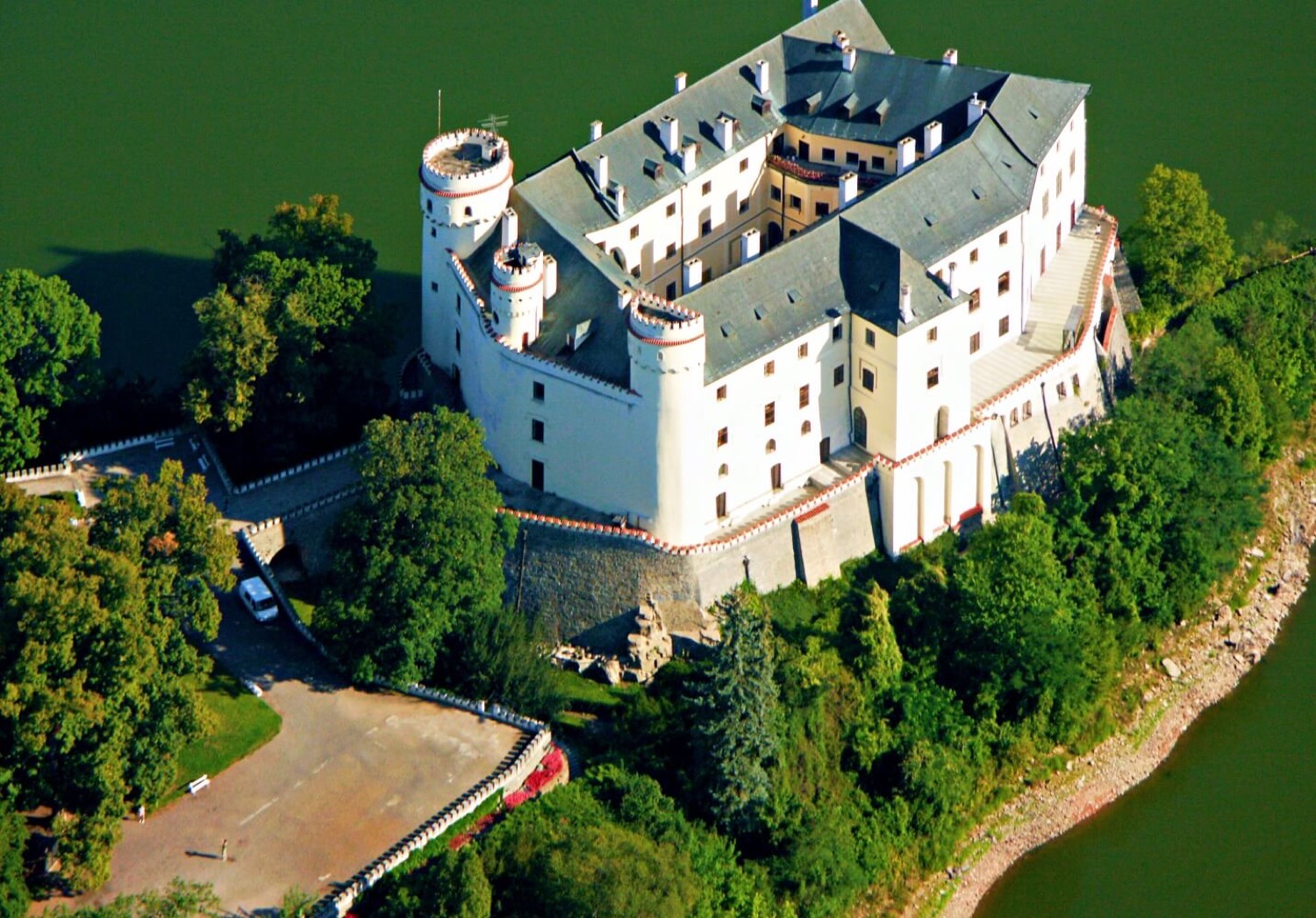Orlík nad Vltavou Castle
Písek Jihočeský kraj Czech Republic
castle, chateau
Zámek Orlík nad Vltavou
Písek Jihočeský kraj Czech Republic
castle, chateau
Orlík was established as a royal castle beside a ford across the River Vltava in the second half of the 13th century, probably by Přemysl Otakar II, although in the Middle Ages it came into the hands of noble families and its ownership changed many times
Orlík je jihočeský zámek umístěný na skalnatém ostrovu nad Vltavou a vlastněný Schwarzenbergy
Previous names
Orlík nad Vltavou Castle, Zámek Orlík nad Vltavou
Description
Orlík was established as a royal castle beside a ford across the River Vltava in the second half of the 13th century, probably by Přemysl Otakar II, although in the Middle Ages it came into the hands of noble families and its ownership changed many times. From 1408 the Zmrzlík of Svojšín family owned it, and during their time the Hussite Captain Jan Žižka of Trocnov stayed in the castle. In 1508 the castle burned down, and was rebuilt as a Renaissance chateâu by the new owners, the Lords of Švamberk. In 1623 the Eggenbergs acquired Orlík, and in 1717 it was inherited by the Schwarzenbergs. At the beginning of the 19th century it became their main residence. In 1802 the chateâu was burned out, and during the subsequent repairs a fourth storey was added to the building. The most famous member of the family was Field Marshal Karl Philipp, Prince of Schwarzenberg, who was victorious over Napoleon in the Battle of Leipzig in 1813. The current Romantic Gothic appearance dates from 1849 to 1860, when partial remodelling in this style was carried out according to plans by Bernard Gruber. The Early Gothic style castle of Orlík was confiscated by the Communist Regime after 1948, but in 1990s was reverted to the Schwarzenbergs.
Access to the chateâu is by a stone bridge across the moat. Three round towers rise above the main façade, one of them being the original, built in the 14th century. The passage into the chateâu is cut into the rock and leads to a trapezoidal courtyard, with arcades on the ground floor. The oldest building is the former palace, which dates from the 14th century and forms the north side of the courtyard.
The interiors are mainly in the Empire style, from the first half of the 19th century. The Lovecký sál (Hunter's Hall), with quadripartite ribbed vaulting, is original Gothic, and the chapel, also dating from the Gothic period, has a net vault. From an artistic point of view, the most valuable rooms are the state rooms on the first floor; the Greater and Lesser Knight's Halls; Hunting Hall; Blue and Empire Saloons; Library, and the Gun Corridor. The interiors are furnished in the style of the period and feature the family's collection of art works.
Adjoining the chateâu is an English-style large park, covering 143 hectares (350 acres), with native and non-native species of trees and shrubs, and a greenhouse with a collection of fuchsias. The Pseudo-Gothic Schwarzenberg vault is in the western part of the park.
Orlík je jihočeský zámek umístěný na skalnatém ostrovu nad Vltavou a vlastněný Schwarzenbergy. V pramenech je jeho existence doložena nejdříve v polovině 13. století, tehdy ještě jako dřevěného hrádku a součást královského majetku, který plnil úlohu celnice (clo se vybíralo od proplouvajících lodí za převážené zboží).
Hrad založil král český a císař římský Karel IV. a udělil jej roku 1357 Dětřichovi z Portic, biskupu Mindenskému, a také jeho synovci Jetřichovi byla přisouzena jedna výhrada. První získal právo doživotního užívání hradu a druhý měl v případě nebezpečí povolit osazení hradu posádkou. V roce 1369 vyměnil Hynčík Pluh hrad s nejvyšším královským komořím. Byl jím Zikmund Huler, konšelem města pražského, jenž se těšil císařově důvěře. Tu ale zneužíval a obohacoval se. Po 17 letech byl usvědčen a sťat. Po jeho smrti císař zkonfiskoval pouze část jeho majetku a Orlík připadl jeho bratru Ondřejovi.
Useful information
You couldn't get right to the castle by car; instead, there is a parking place about 500 m
ČESKÝ VÝKLAD:
- Full admission: 150 CZK
- valid ISIC, seniors over 65 + seniorpass) 100 CZK
FOREIGN INTERPRETATION (NJ, AJ):
- Full admission: 250 CZK
Self explanatory guide (applies to travel agents):
- adults, seniors 175 CZK
ČESKÝ VÝKLAD:
- Reduced admission (children aged 6, students under 26 with valid ISIC, seniors over 65 + seniorpass) 100 CZK
- free of charge: children up to 6 years old, ZTP / P 0 CZK
- Collective visits to elementary schools, secondary schools, universities 80 CZK
- Mass visits to kindergarten 50 CZK
FOREIGN INTERPRETATION (NJ, AJ):
- Reduced admission (children aged 6, students under 26 with ISIC, elderly over 65 years old, ZTP): 200 CZK
- free of charge: children up to 6 years old 0 CZK
Self explanatory guide (applies to travel agents):
- children (6-15 years), students (under 26)
145 CZK
- free of charge: children up to 6 years old 0 CZK
ČESKÝ VÝKLAD:
- Family 2 + 3 (2 Adults + 3 Children) 400 CZK
- ZTP 50 CZK
FOREIGN INTERPRETATION (NJ, AJ)
- Family 2 adults + 3 children 700 CZK
Free:
- children up to 6 years old, ZTP / P
Admission can be paid by card
-
External links
Nearby castles
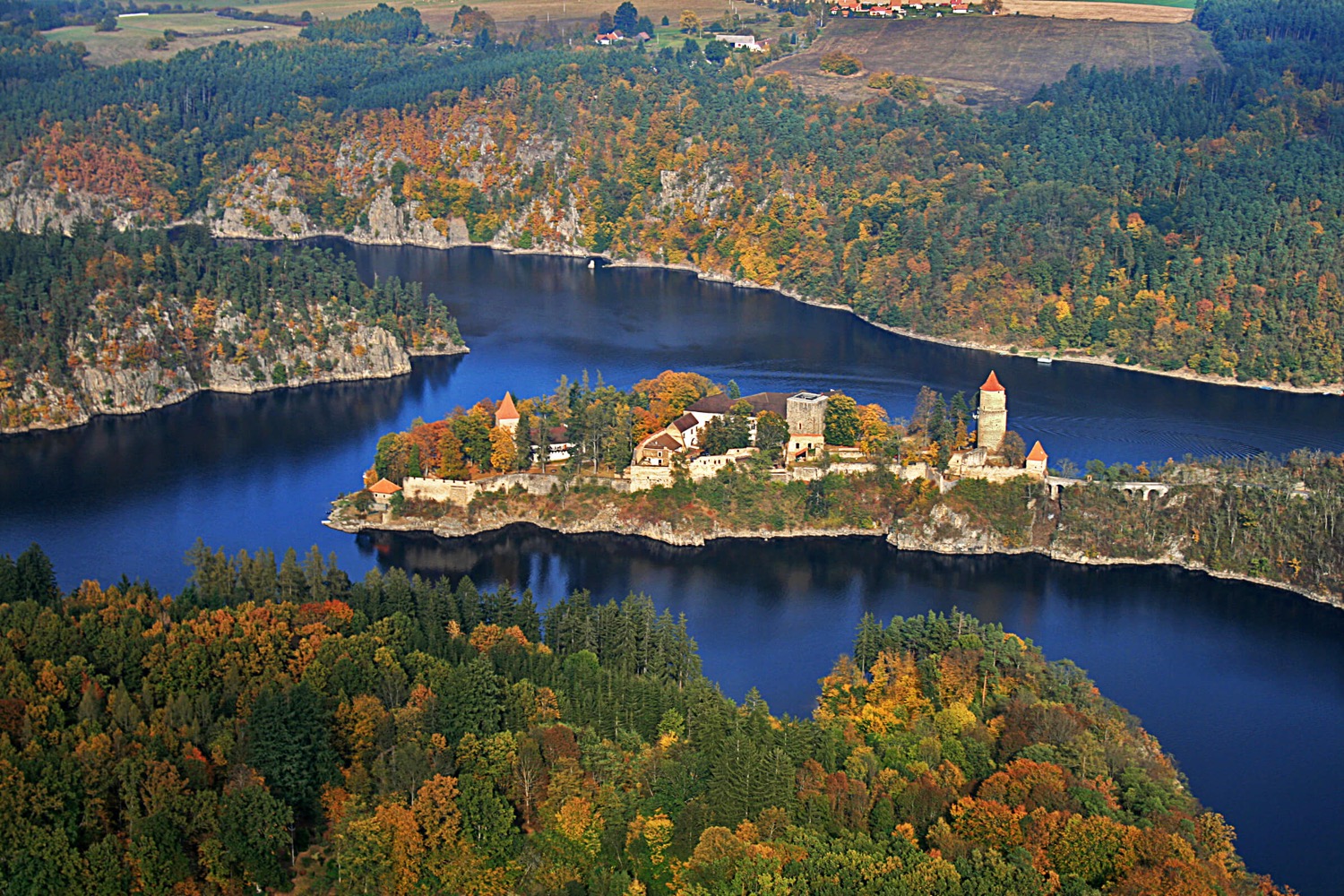
Zvíkov Castle
Písek
8.4km
castle, chateau
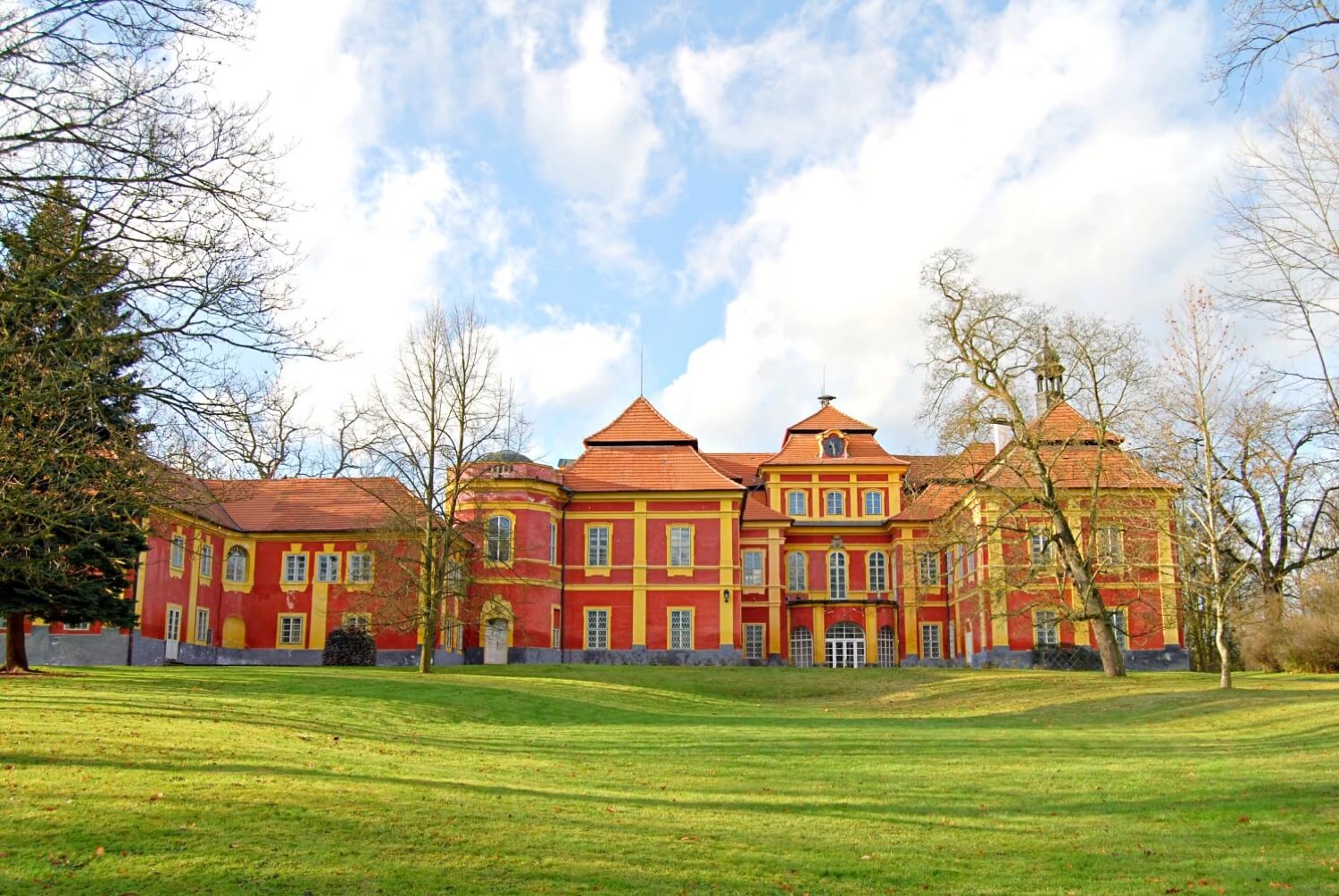
Čimelice Chateau
Písek
9.1km
castle, chateau

Vráž Chateau
Písek
15.2km
castle, chateau
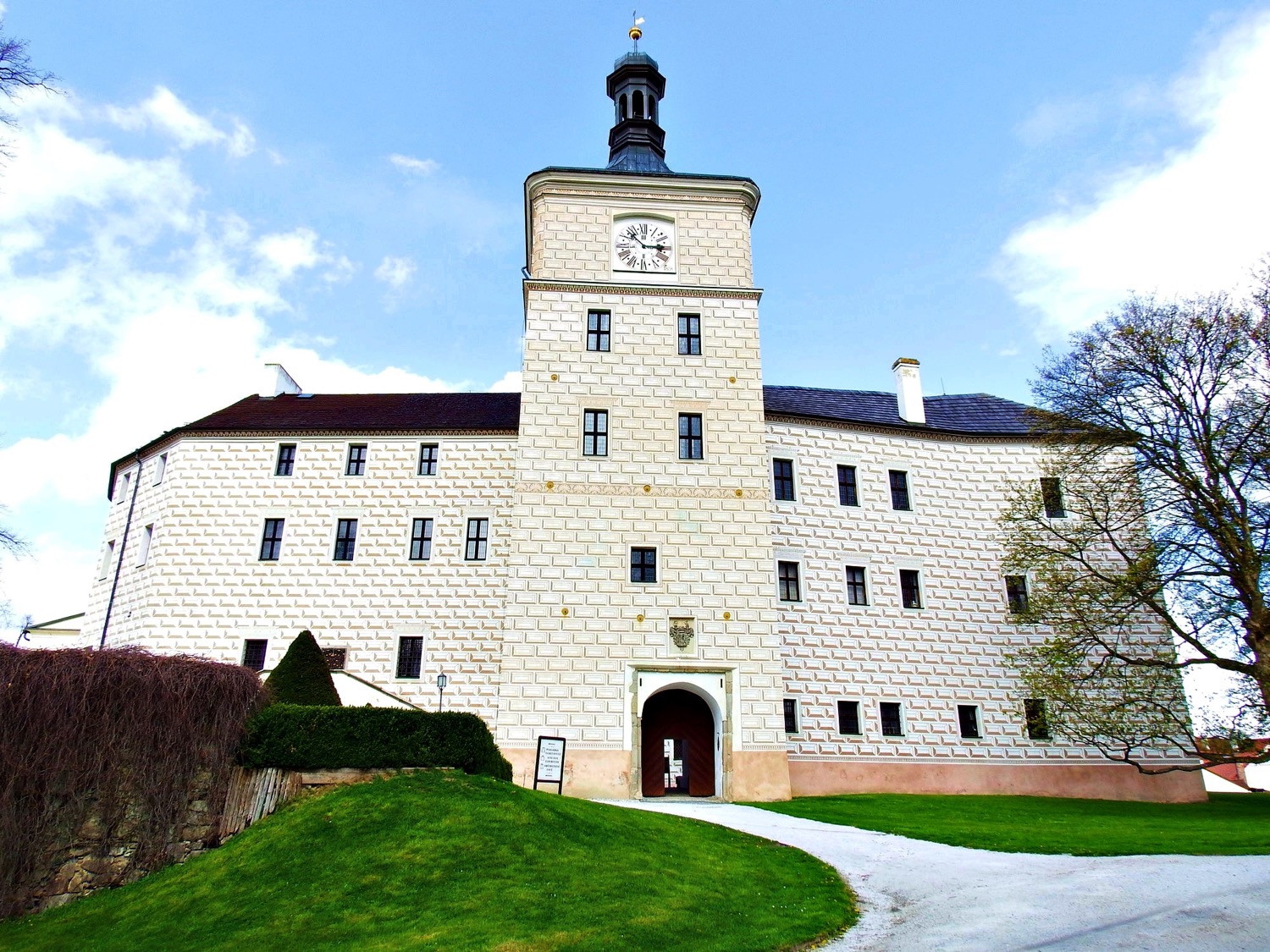
Březnice Chateau
Příbram
16.2km
castle, chateau
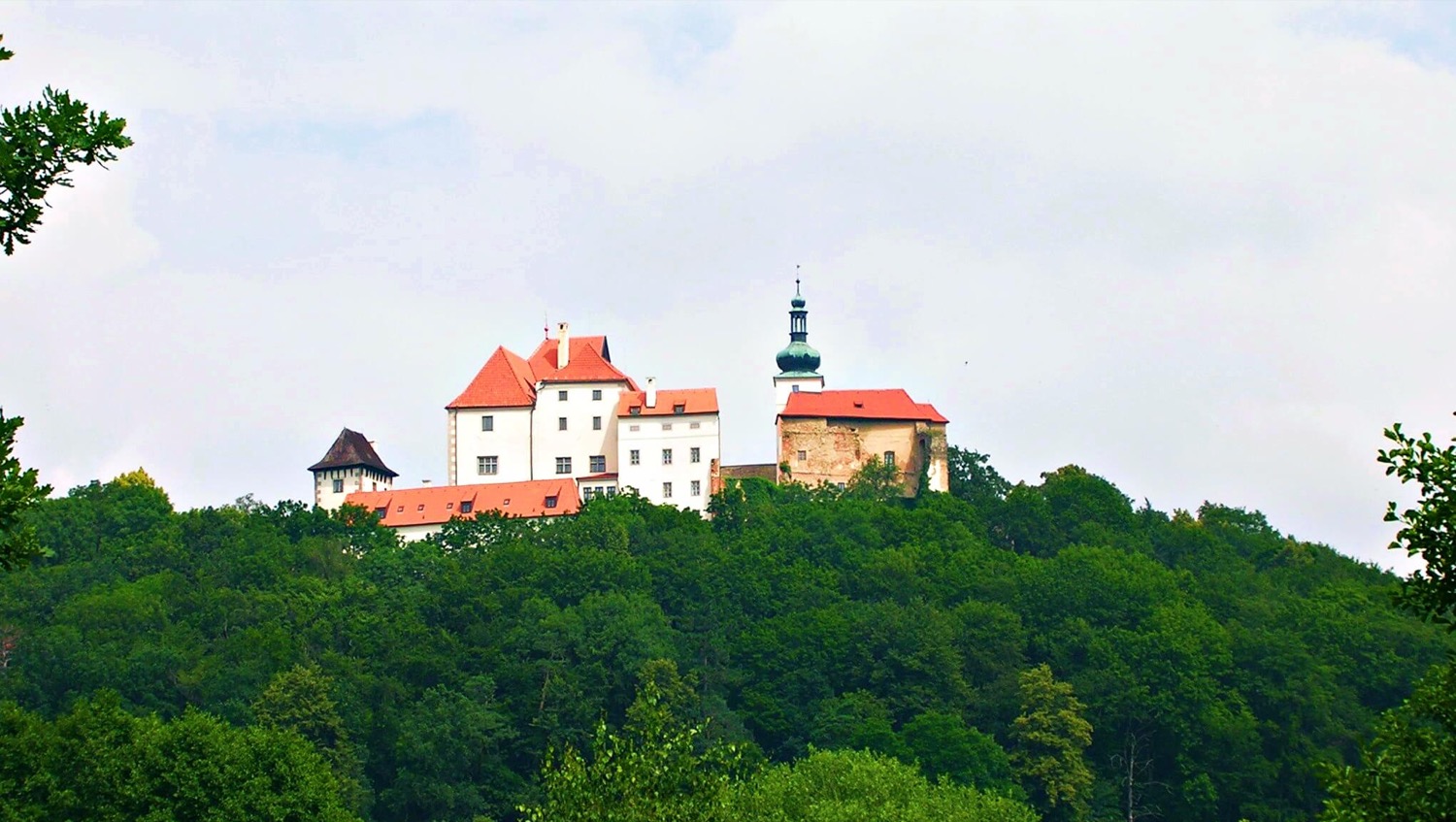
Vysoký Chlumec Castle
Příbram
19.8km
castle, chateau
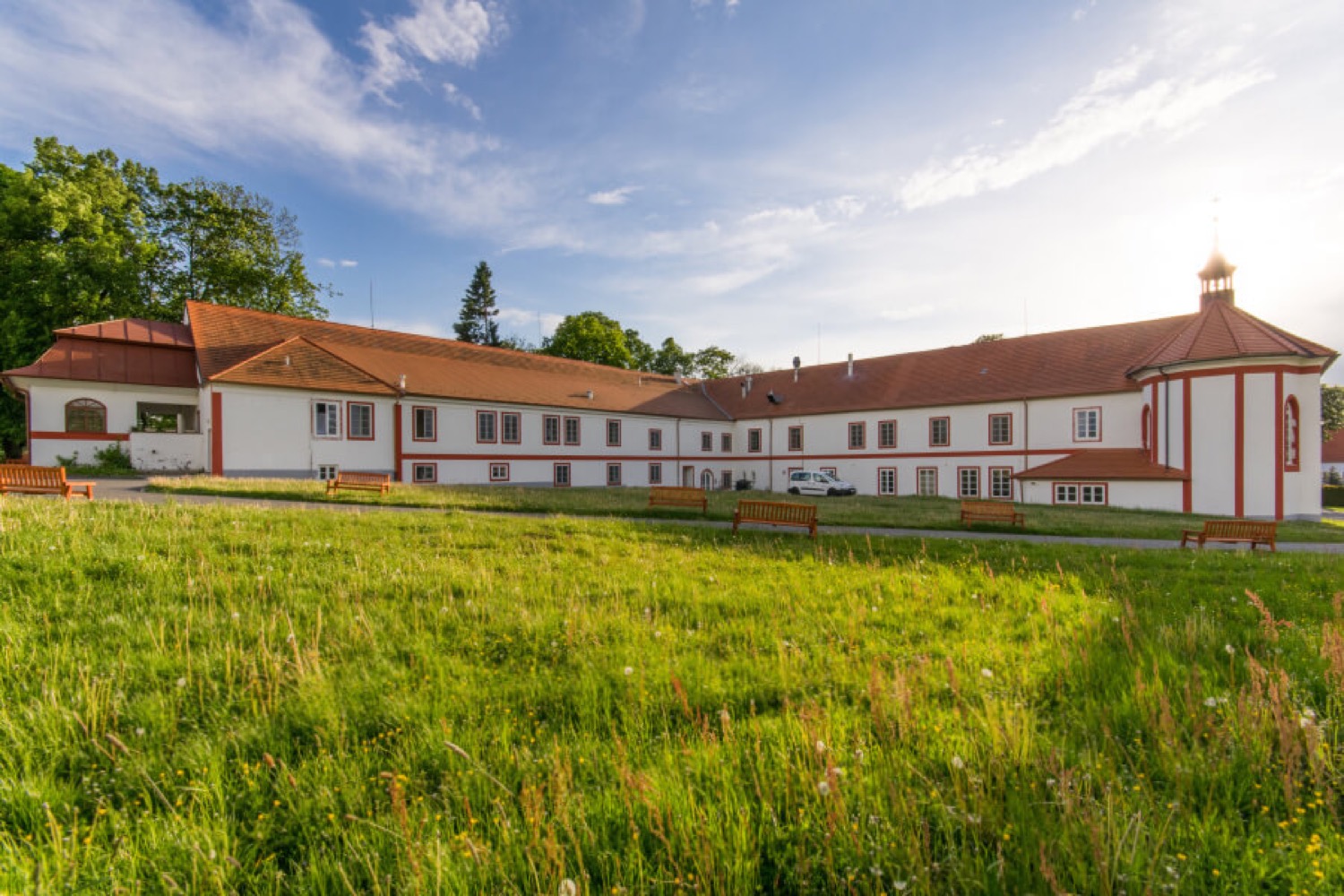
Drhovle Chateau
Písek
21.4km
castle, chateau

Písek Castle
Písek
22.7km
castle, chateau

